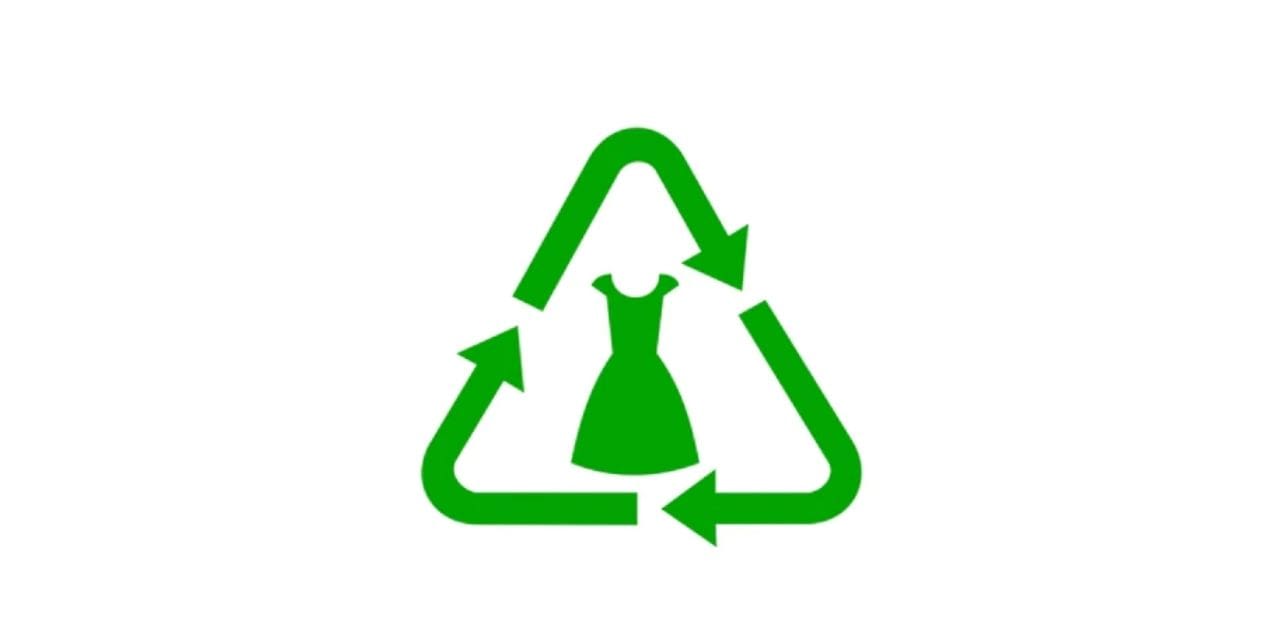As textile customers continue to be on the rise, they consume more and more clothes as the fashion industry influences their decisions. Most of these countries, especially in the Asian continent, have been accused of using exploitative labour force, unpleasant working policies, and harmful working environments. With this, you are bound to encounter a situation where big textile companies make millions while workers get far below minimum wages. And by saying harmful environment, we mean using those toxic chemicals and emitting greenhouse gas into the atmosphere.
The textile industry has been named one of the biggest dumpers of toxic waste in the world. They are responsible for depleting water sources and dumping chemical waste like carcinogenic chemicals, heavy metals, salts, and dyes into water sources. To further prove this fact, it will interest you to know that according to the United Nations Environment Programme (UNEP) reports, the global fashion industry is responsible for 20% of wastewater globally and 10% of carbon emissions in the world today.
This is much more than all the emissions from all international maritime shipping and flights. It has also been estimated that more than 8000 synthetic chemicals are used to produce fashion products, e.g. hormone disruptors, and carcinogens. And mind you that Carcinogens are chemicals responsible for the formation of cancerous cells. Some other harmful substances include formaldehyde, chromium, AZO dyes, and flame retardants.
And for the wearers of these clothes, there is a high tendency to suffer from skin irritation and any other form of allergies. But the customers who wear this product are not even those who suffer from these harmful chemicals; the workers are. These workers are the people who are more exposed to these chemicals; they dye them, treat them and engage in virtually every process involved in producing the garment we wear today. So, if anybody cares to control the number of toxins in the industry, it will only be rational to start from the factory workers in those textile industries.
Every step involved in the making of textile products has some level of environmental percussion. Just like food customers will always clamour for less genetically modified items, initiating a more environmentally friendly fashion industry will be a way to go.
Textile Dyeing and How it Contaminates Our Water
Manufacturing processes like softening, bleaching, anti-wrinkle, and water-resistant require many chemical treatments. Again, according to UNEP, in all of these processes, textile dyeing is the most water contaminant and the second biggest water pollutant globally. Dyeing these fabrics requires many chemicals and water, which ends up in one of the nearest lakes or rivers.
Conclusion
Some time ago, the World Bank had identified 72 different toxic chemicals in those dyeing liquids dumped in those waters. This part of toxic waste is barely regulated or monitored by governments of these countries, more reason it has persisted. Water contamination has been pointed to be the major water pollutant of in-country like Bangladesh, but with effective policy and strict monitoring, it will be controlled or even stopped completely. Finally, we urge you to visit liontips.in for the latest global sports updates.

